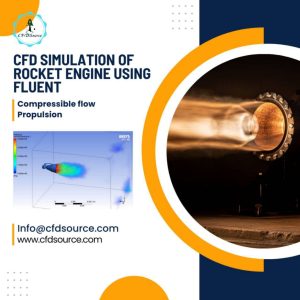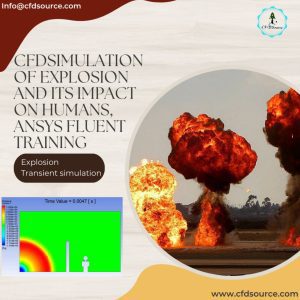Okay, how do we actually turn your engineering problem into clear, reliable answers using CFD? It starts with a detailed discussion; we need to deeply understand your specific goals and constraints. Then we tackle the geometry 📐 – often the most time-consuming part in real projects, ensuring the CAD model is clean and ready for meshing without losing critical features. Building the computational mesh demands meticulous attention to quality metrics; this fundamentally dictates the accuracy of the results that follow. Setting up the physics requires careful selection of models (like choosing the right turbulence model or handling multiphase interactions) and defining boundary conditions precisely. I recall early on a project where a subtle error in a pressure outlet boundary condition led to non-physical backflow – fixing that highlighted just how vital this setup phase is for getting trustworthy results. We don’t just run the solver; we manage the simulation process on powerful computing resources to ensure convergence and stability.
Once the simulation finishes, the real analysis begins. We process the raw data into meaningful visualizations—velocity contours, thermal plots, pressure distributions—but critically, we translate these into actionable engineering insights. This means identifying flow recirculation zones causing pressure drop, quantifying heat transfer paths for thermal management, or predicting forces affecting structural integrity. We deliver a comprehensive report that explains what the simulation shows and why it matters for your design or operation, presenting our findings in a way that helps you make informed decisions directly.











